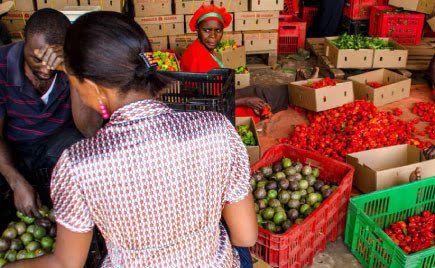Maize is the most-produced cereal worldwide.
In Africa alone, more than 300 million people depend on maize as their main food crop. In addition, maize is also very important as feed for farm animals. Currently, approximately 1 billion tons of maize are grown in more than 170 countries on about 180 million hectares of land. 90% of the world’s production is yellow maize, but in Africa, 90% of the total maize production is white maize. In Africa, maize production is continuously and severely affected by a number of threats, such as weeds, insects, bacteria, viruses, nematodes, fungi, low quality seed, low levels of mechanization, suboptimal post-harvest management, drought and climate change. Therefore, the maize production in Africa is very low: while the average yield worldwide is approximately 5.5 tons/hectare/year, production in Africa stagnates at around 2 tons/hectare/year. To continue to guarantee maize food and feed security in Africa, good agricultural practices, intercropping, new hybrids obtained by conventional and marker-assisted breeding, and genetically modified (GM) plants are valuable tools to develop varieties with increased yield and resistance to pests, weeds, diseases and drought. Several breeding programs also develop new maize varieties with enhanced nutritional value.








0 Comments
Thank you for your for your comment , we will get back to you soon !!
Emoji